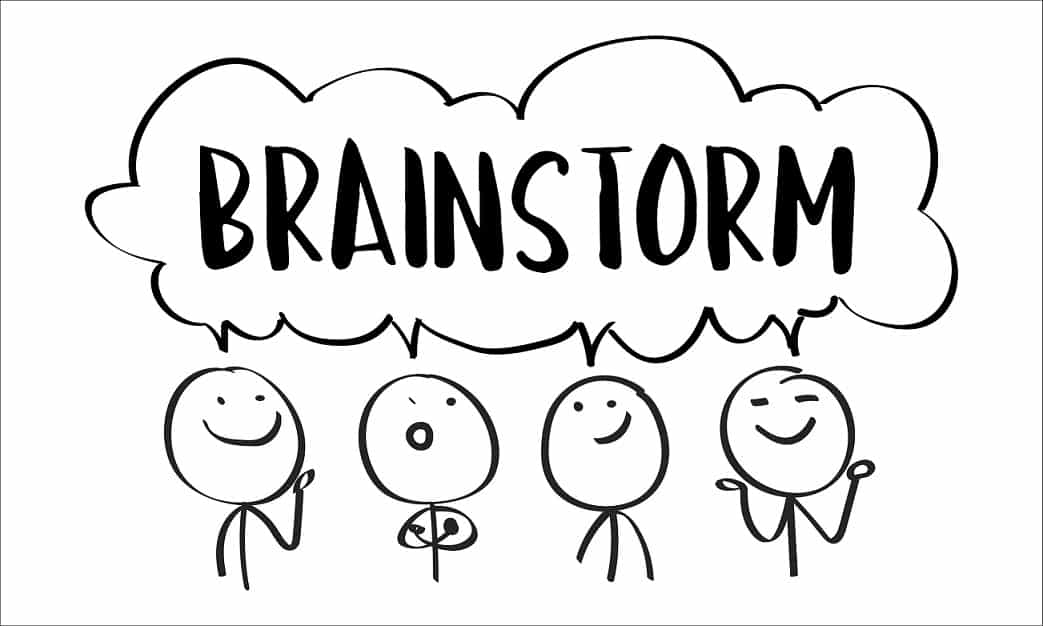Common Leadership Styles – Identify Which One Suits You

People using different leadership styles in a different situations. But you have to frame your leadership styles according to what type of skills you are owned. That means in accordance with your skills, you have to shape or mold your leadership styles because if your style doesn’t synchronize with the skills, your execution will be a failure. Let us discuss leadership styles.
Leadership styles are not inherently good or bad- but one is different from others, and they have produced their results differently in a different situation or even the same situation. We couldn’t mark them as “this is good” and “that was bad”. However, as the natural law, leadership styles also have their own pros and cons; they all have their benefits and drawbacks, as well as their suitable uses in certain circumstances. Here, we are driving into some common leadership styles- along with their characteristics-pros and cons- and to learn how you can make changes in your leadership style.
What type of leader do you want to be?
Do you want to change your existing style of leadership or are you satisfied with how you lead?
Just cognizing the kind of leader you are can help you be a better leader. It’s time to think about your leadership styles, what works for you and what doesn’t, and what is working for your team.
The investigation has recognized a variety of leadership styles based on the number of followers. The most suitable leadership style relies on the function of the leader, the followers and the situation.
What are Different Types of Leadership Styles?
In this article, we have covered 8 types of leadership styles people adapt to lead people or organizations. Not all of these styles would apt every situation, but you can read them through to see which one fits your organization.
1. Democratic leadership
As the name indicates, democratic leaders are open to listening to other opinions. Being ‘participatory leader’, they will listen to others opinions and make the final decision. But the decisions coming from own perspective. Even if these leaders are officially higher on the org chart, they have given importance to working together and energetically involve their teams in the decision-making process. Democratic leaders value thoughts and input from others and encourage discussion about those contributions.
Pro: Novelty and Creativity are encouraged, which also increases job satisfaction among employees and team members. And the employees are satisfied while they participating in the decision-making process.
Con: Always trying to achieve consensus among a group can be incompetent and, in some circumstances, costly.
If you think everyone has an equal right to participate in the decision-making process, or you think followers inputs helps to create positive decisions, you might be a democratic leader.
2. Transactional leadership
Transactional Leadership is a reward/punishment model. For example, if one of your team members sells the most bikes in one month, he or she will be rewarded with a gift card to their desired café. On the other hand, there is the penalty side such as if someone doesn’t sell the given quota, they could drop working hours, be relegated or other penalties. Transactional leaders give instruction to their team and expect good returns from them. It is based on ‘I give you this, and you do this in return’.
Pro: Misperception and speculation are eliminated because responsibilities and expectations are clearly charted out by the leader.
Con: punishments or penalties may cause damage to morale. So, creativity and innovations are muted.
If you have excellent skills to motivate the followers, or always brainstorming to get the maximum result, you might be a transactional leader.
3. Transformational leadership

Do you have a vision and share it with your group to get them inspired about your vision? Then you might be a transformational leader. Unlike other leadership styles, transformational leadership is all about introducing change in organizations, groups, oneself and others. They set more exciting expectations and typically achieve higher performance. These leaders want everyone to flourish and achieve a shared vision.
Pros: Transformational leaders are group players, so they can establish excellent trust with employees and rally them around a shared vision or final aim.
Cons: People don’t accept transformational ideas when the existing system has comprised of rich values.
You might be a transformational leader if you observe every single process with a sharp eye and interpreting these things with progressive quotations. And have a strong vision to change the existing procedures.
4. Servant leadership
Here, the main goal of the leader is to serve the followers or the team. “Serve first, and lead second’ is the slogan of servant leaders. Rather than thinking about how they can inspire people to follow their lead, they channel the majority of their energy into finding ways that they can help others. They have given more importance to the needs of the other people above their own. The servant-leader shares power puts the requirements of others first and aids people to grow and perform as highly as possible.
Pro: This style lifts morale and leads to a high level of faith, which results in better employee performance and more encouraging for company culture overall.
Con: people look with a suspicious eye because they think when someone prioritizing others needs than theirs will be fraudulent.
You might be a servant leader if you consider the rights and feeling of others and put your energy to alleviate other’s problems without gaining a penny.
5. Autocratic Leadership
This style is just the opposite of democratic leadership. They are dictators; try to execute their decisions without the consent of subordinates. In this leadership the leader holds all authority and responsibility; there is no input from other people in decision making. Autocratic leaders view themselves as having complete power and make decisions on behalf of their assistants. The command not only what essentials to be done, but also how those tasks should be achieved. When an organization confronting a difficult situation, or no time to have a meeting together, this type of leadership is best applied. It may not always be the best because your workers will feel devalued and look for work somewhere else.
Pros: autocratic leaders can make their decisions quickly, and could avoid the confusions erecting from the brainstorming.
Cons: employees can feel devalued, ignored and restricted, and many of them would like to quit from this subordination.
You might be an autocratic leader if you have sole control over your subordinates, and think it’s better to make the decision alone because barnstorming slow things down.
6. Bureaucratic Leadership
This “positional leadership style “is based on rules and lines of hierarchy. These types of leaders function based on official regulations fixed by higher authorities within the organization. Bureaucratic leaders have hierarchical authority—meaning their power comes from an official position or designation, rather than distinctive traits or characteristics that they possess.
This style of leadership has been realistic in different aspects of business and organizations which includes business, politics and religion throughout the globe. They also have a set list of responsibilities, as well as clearly-defined guidelines and rules for how they’ll manage others and make decisions. They just need to follow that “copybook” that are laid out for them. And when things change, bureaucratic leaders would find it very hard to change their rules and values.
Pros: As it is a well-organized setup, stability may see in every sphere. Organizations have remained “unshaken” when they follow their rules constantly.
Cons: innovative ideologies created by employees would be ignored, or there will be no follow-through because of the “tightened” rules and regulations.
You might be a Bureaucratic Leader if you ready to follow the strict rules set by your predecessors or being a “legitimate man”.
7. Laissez-Faire Leadership
 Laissez-faire leadership gives authority to employees. In this style, leaders are not directly involved in decision making and put a lot of trust in the team. Laissez-faire is French, and it means “hands-off.” One positive feature for this style of leadership is your employees feel respected and confident that they can make good decisions. Some traits of democratic leaders are similar to this style, though the difference relies on decision-making. That is, Laissez-faire leadership would give complete authority to their subordinates.
Laissez-faire leadership gives authority to employees. In this style, leaders are not directly involved in decision making and put a lot of trust in the team. Laissez-faire is French, and it means “hands-off.” One positive feature for this style of leadership is your employees feel respected and confident that they can make good decisions. Some traits of democratic leaders are similar to this style, though the difference relies on decision-making. That is, Laissez-faire leadership would give complete authority to their subordinates.
Pro: This level of trust and freedom is enabling for teams that are innovative and self-motivated. High self-esteem is the result.
Con: if the team is not organized, Chaos and confusion can quickly ensue.
You might be a laissez-faire leader if you have complete trust over your employee’s skills and talents.
8. Charismatic Leadership
Charismatic Leadership is the leadership style that comes with behavior that people just love. These leaders inspire, motivate and energize the team. This is the innate quality of a man, related to great man leadership. Charismatic leaders have captivating personalities, as well as a lot of conviction to realize their intentions. Most of them are considered as “god-men’s”.They have angelic abilities to motivate their followers through their unique communication and persuasive skills. They’re talented to clearly design their vision and get others enthusiastic about that same goal. Besides, these leaders change the underlying normative orientation that structures specific attitudes.
Pro: Charismatic leaders are very encouraging and inspirational at getting an entire group participated in a common objective.
Con: when followers have lost their faith, the charismatic leader may treat as a traitor.
You might be a charismatic leader if you have an immense ability to “catch “the people by your persuasive speech.
If you want to be a leader, identify some traits that you’d like to apply in your own style.


